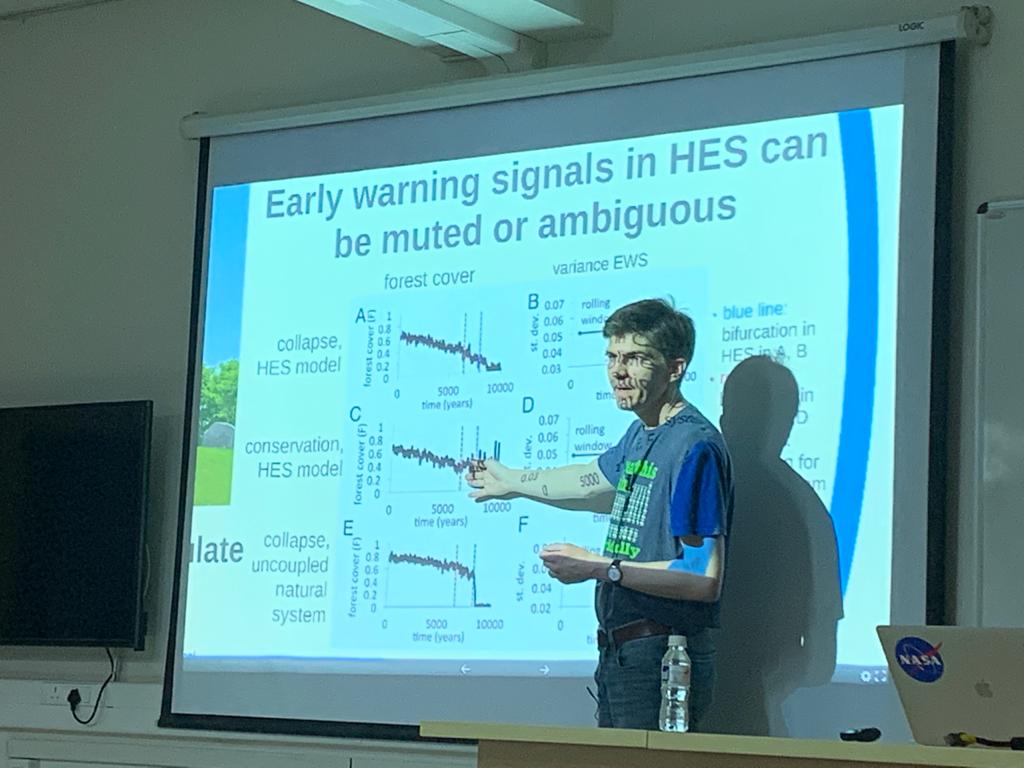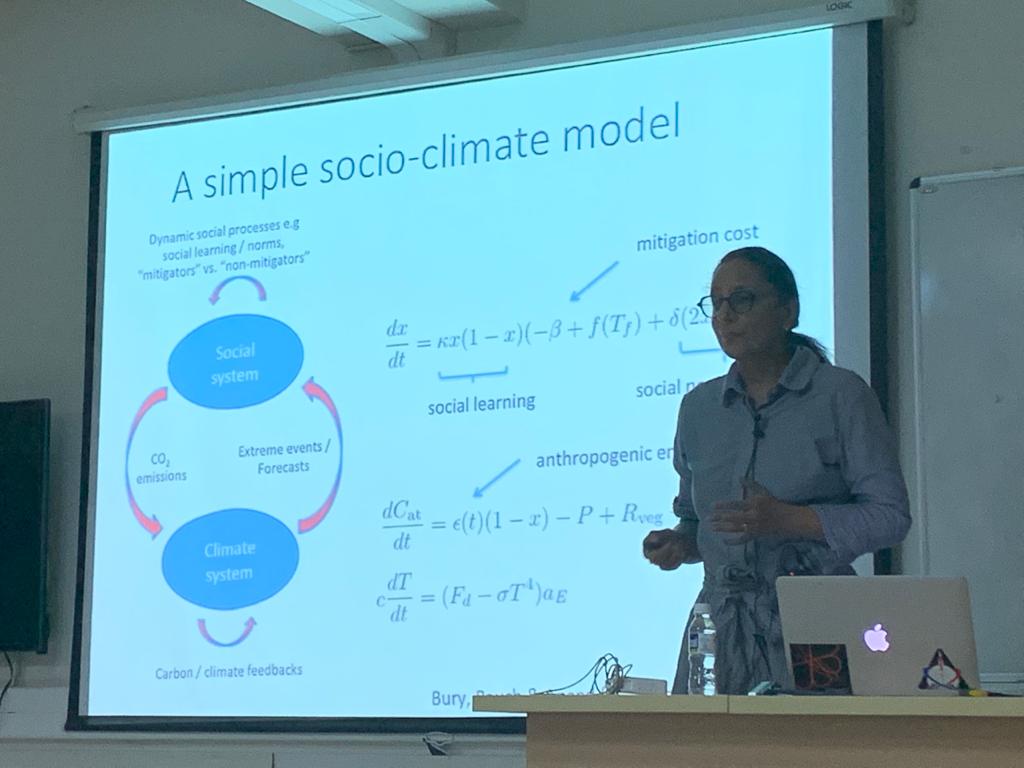
We recently had a very cool paper accepted in Phil. Transaction of the Royal Society B, titled “Lekking as Collective Behaviour”. This was led by our former PhD student Akanksha Rathore and in collaboration with my colleague Kavita Isvaran.
Akanksha Rathore, Kavita Isvaran and Vishwesha Guttal, 2023, Lekking as collective behaviour, Phil. Trans. R. Soc. B, 378: 20220066, doi: https://doi.org/10.1098/rstb.2022.0066, Download PDF ; [Data and Codes]
We are very happy that the work is featured on the IISc main page. I am posting the same content here. The article is written by Akash Kalita.
Mating is generally considered a one-to-one relationship between males and females of a species. However, some wild animals show a rare phenomenon known as lekking. Lekking is a collective behaviour of individuals of a species, in which the males aggregate on traditional breeding grounds. Each male forms his own territory. Females move between these territories to sample males during the mating season. Lekking has been observed in less than 3% of birds and 1% of mammals, and blackbuck are among the only mammals in the Indian subcontinent displaying this behaviour.
A team of researchers at the Centre for Ecological Sciences, IISc, including Akanksha Rathore, Kavita Isvaran and Viswesha Guttal, have been studying lekking in blackbucks in the Velavadar National Park in Gujarat. They argue that the lek can be viewed as collective behaviour, driven by a wide range of social interactions that change over time.
There are many hypotheses surrounding the formation of a lek. The hotspot hypothesis suggests that a lek overlaps with the home range location of females, whereas the black-hole hypothesis speculates that a lek forms in response to the way females move between male territories before mating. The female-choice hypothesis predicts that females directly influence the formation of leks, as they tend to choose a male who is part of an aggregation rather than a solitary male.
In the new study, the researchers have used drones for high-resolution video tracking, and have deduced that leks are dynamic. The male-male and male-female interactions within the leks typically change over a breeding season. Apart from moving within their own territories to court females, males also move outside for short spans to try and attract nearby females.The team also proposes hypotheses for complex interactions between males – for example, two or more neighbouring males may cooperate to chase away an intruder, but also fight against each other when it comes to courting a female. The authors also introduce a computer simulation model to study how males may leave their territories for foraging, which happens independently or in synchrony with neighbouring males leaving for foraging. The researchers suggest that further analysis of leks from the perspective of collective behaviour is needed to fully understand the factors that dictate the formation and maintenance of a lek.
Link to the IISc page: https://iisc.ac.in/unconventional-mating-strategies-in-blackbuck/
Here is a picture of us researchers, taken by the drone!













